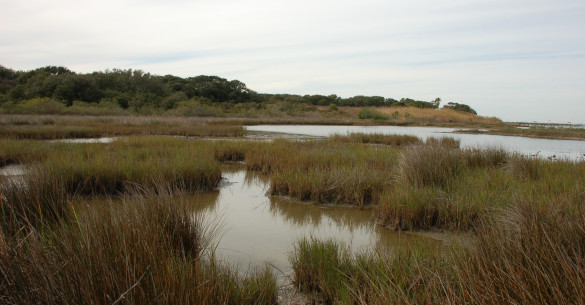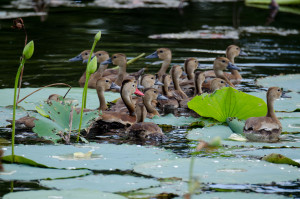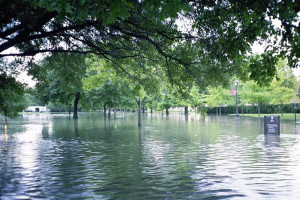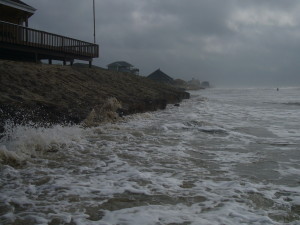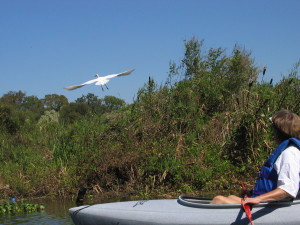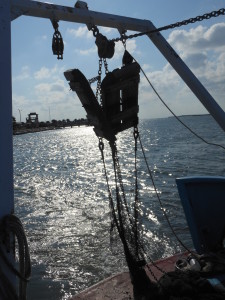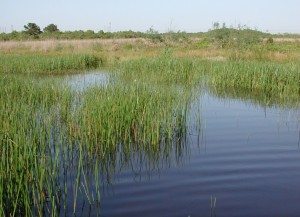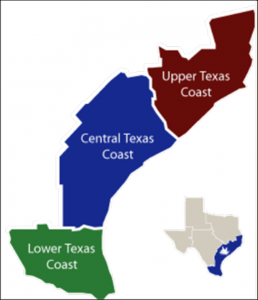Coastal Wetlands: What Are They?
Simply put, wetlands are “in-between” areas that have something of both dry uplands and open water environments: they are neither “land” nor “water” – they are a transition zone, which is what makes them so interesting. Wetlands have both upland and aquatic characteristics, and, thus, they often have a richer flora and fauna than other environments. It is important to recognize that an area does not have to be wet all year long to be considered a wetland – as few as two or three consecutive weeks of wetness a year is all it takes! The hydrology of a wetland (how much water it gets and how long it stays there) is the most important factor that determines its character.
Wetland Types
We have identified seven major wetland categories for the Texas Gulf Coast. Click on the picture below to learn more about types of Texas Coastal Wetlands:
Wetland Geological History
The wetlands we see today on the Texas Coast are a product of water, wind and time. Click the image to learn more.
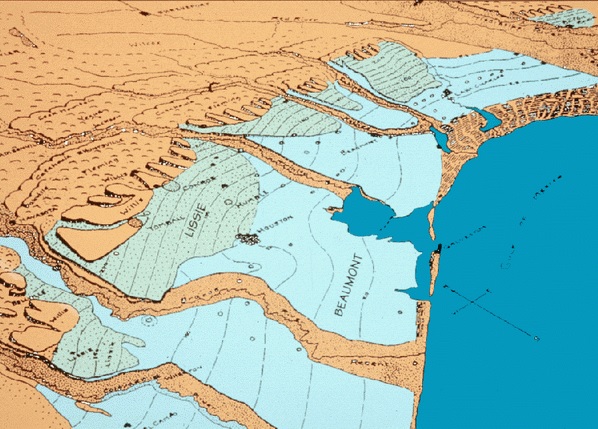
Bird’s eye view of the Upper Gulf Coast of Texas. The Flat lying Beaumont and Lissie Geological Formations, laid down during past ice ages, are the location of Prairie potholes and marshes and coastal flatwood wetlands. (Redrawn from Doering, 1935)
Major Threats to Wetlands
Human activity has been the major threat to wetlands. Agriculture, industrial development, and urban and suburban sprawl have caused the greatest losses of freshwater wetlands.
- Agriculture: No longer expanding on the Gulf Coast, very little of the current loss can be attributed to it.
- Industrial Development: Land subsidence caused by the mining of oil, gas and groundwater has been the primary source of saltwater wetland loss.
- Urban Sprawl: Responsible for the biggest current source of loss for freshwater coastal wetlands.
Why Should We Care?
There are many different kinds of wetlands and they all perform ecological functions, and produce certain goods and services that are valuable to humans. The most important functions wetlands perform on the Texas Gulf Coast are:
Visit a Wetland Today!
Wetlands make for good birdwatching, and most of the sites described in this guide are also official stops on the Great Texas Coastal Birding Trail. Other activities to enjoy while visiting a wetland include (please check park rules before visiting):
- Photography
- Hiking
- Wildlife Viewing
- Fishing
- Hunting
- Camping
- Canoeing
- Boating
- Biking
- Horseback Riding
- Swimming
- Environmental Education/Interpretation
The wetland sites below are grouped geographically into upper, mid- and lower coast sites. The upper coast segment runs from the Texas-Louisiana border to the Brazoria-Matagorda County line. The mid-coast segment continues to the Nueces-Kleberg County line. The lower coast segment continues to the mouth of the Rio Grande. Each region has a general locator map at the beginning of the regional site descriptions.
Upper Coast Sites Mid-Coast Sites Lower Coast Sites
Learn more about wetlands by visiting our informational website.
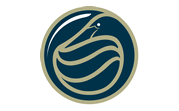 Texas Community Watershed Partners
Texas Community Watershed Partners 